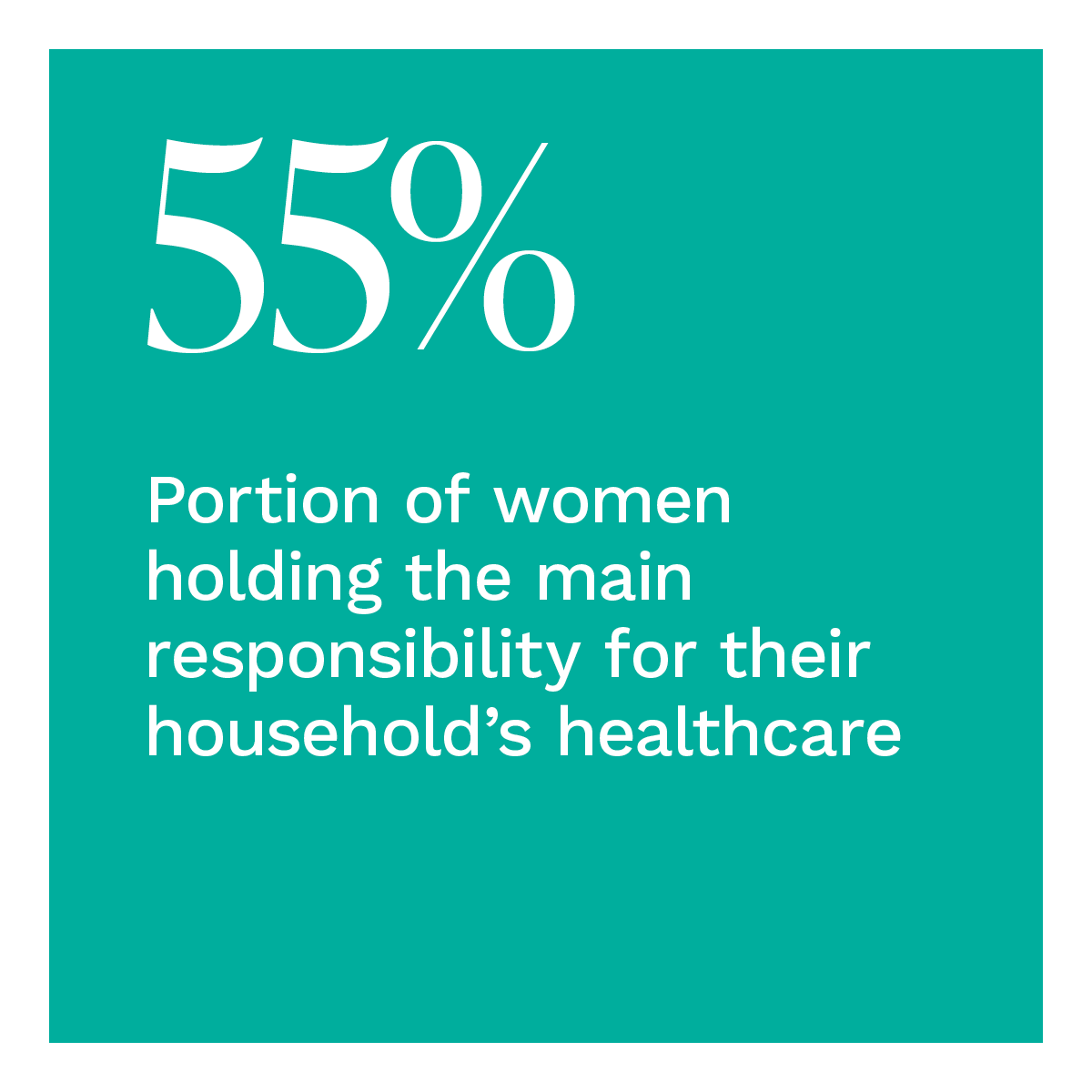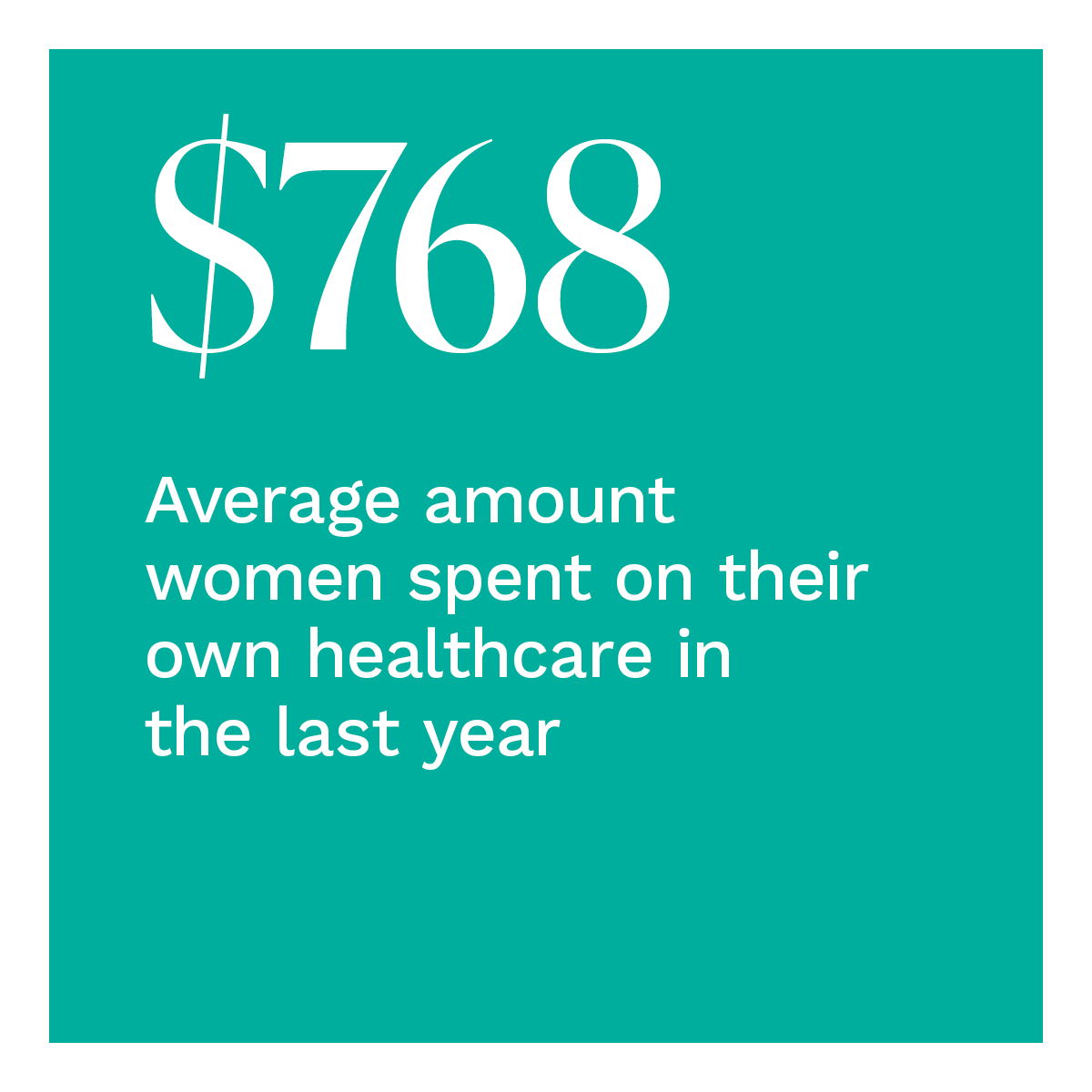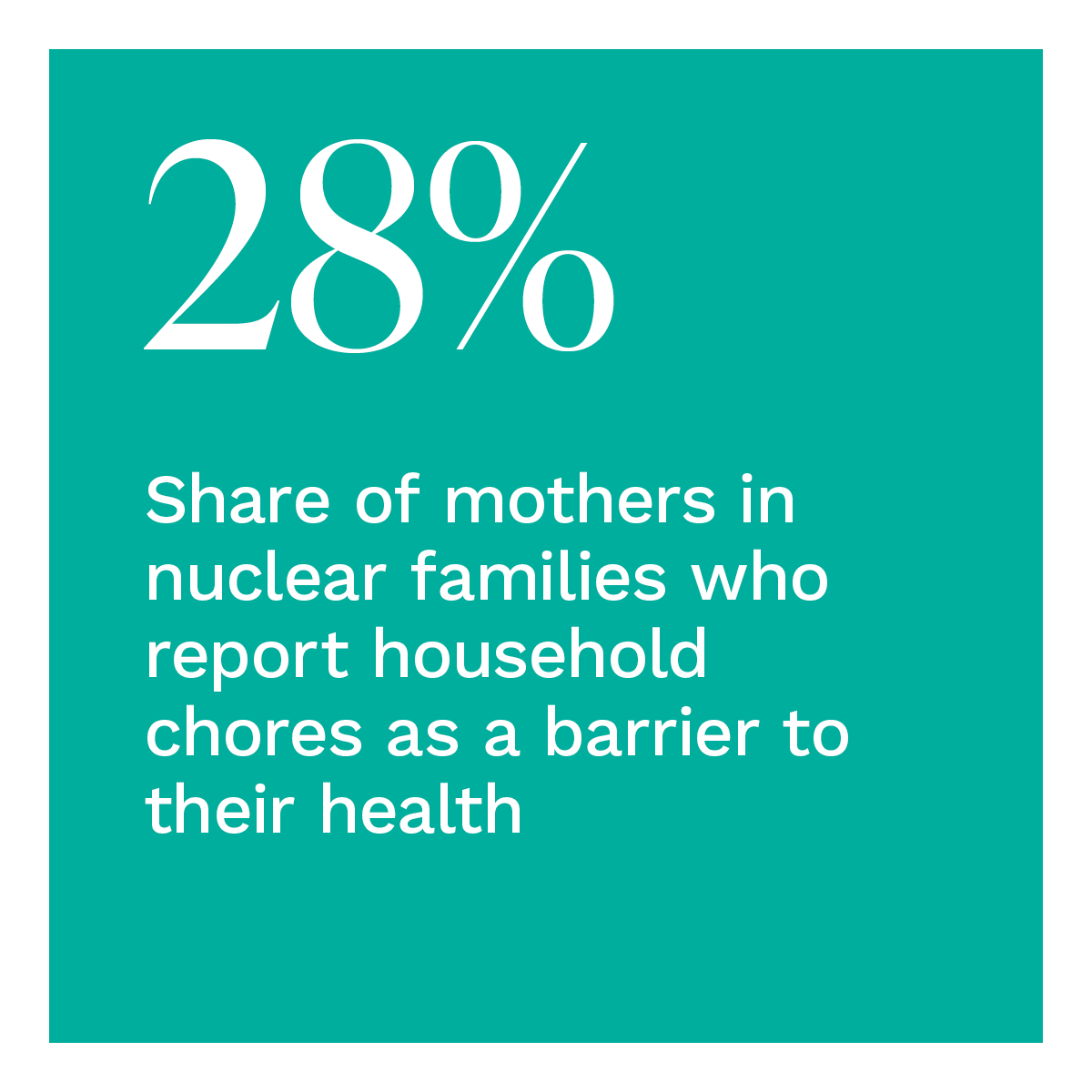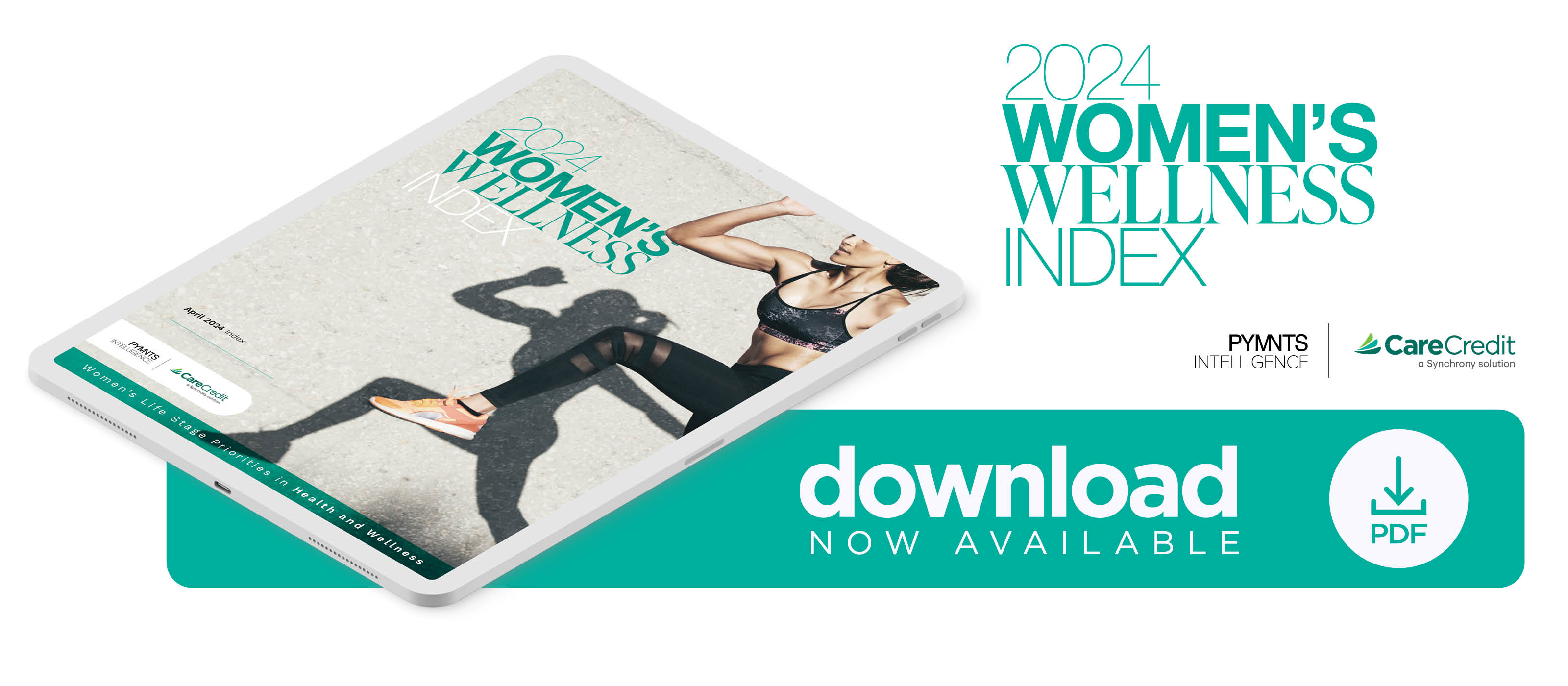New Study Looks at Economic Factors That Define Women’s Health
Talk of healthcare disparities has become more common. Consumers seek answers about factors contributing to these disparities and ways to overcome them. New research from PYMNTS Intelligence explores whether familial responsibilities and financial limitations drive the gender disparity in healthcare outcomes.
There are clear differences in the extent to which women seek healthcare based on their stage of life, priorities, household responsibilities and financial means. Women with children face extra obstacles compared to men or their female counterparts who do not have children, ultimately impacting their health outcomes. As measured by the Wellness Index, moms in nuclear families have 10% worse health outcomes than the average woman, while single moms’ health outcomes have 15% worse outcomes.
These are just some of the findings detailed in the “2024 Women’s Wellness Index,” a PYMNTS Intelligence and CareCredit collaboration. This comprehensive report digs deep into the health and well-being outcomes of women over generations and life stages and draws on insights from a census-balanced survey of 10,045 U.S. consumers conducted from Nov. 10, 2023, to Dec. 6, 2023.
Other key findings include:
Mothers are less proactive about their own health and wellness.
Preventative healthcare is essential to promoting long-term health; ignoring it has health and financial consequences. Women who follow preventative screen schedules very or extremely well see 12% greater health outcomes than the average woman, as measured by the Wellness Index. On the other hand, women who say they do not follow screening schedules well have 14% lower health outcomes.
Gender expectations contribute to the obstacles impeding women’s health outcomes.
 Household composition matters to women’s health. When there are others in the household, many women shift their health focus outside of themselves, and differences among millennial women illustrate this fact. Compared to millennial women who are single without children, women who cohabitate with a partner but remain without children have 11% lower wellness scores; women who cohabitate with a partner and have children show 24% lower scores; and single mothers show 33% lower scores.
Household composition matters to women’s health. When there are others in the household, many women shift their health focus outside of themselves, and differences among millennial women illustrate this fact. Compared to millennial women who are single without children, women who cohabitate with a partner but remain without children have 11% lower wellness scores; women who cohabitate with a partner and have children show 24% lower scores; and single mothers show 33% lower scores.
Women spend less than men on healthcare but spend a greater portion than others.
One-quarter of women see financial constraints as a challenge to managing their personal health and well-being. However, spending more has a greater positive impact on women than men. For every extra $500 spent, the women’s Index score rises by 3.15, whereas the men’s score rises by 2.95.
Despite progress in the modern world toward equality, women still experience significant inequality in terms of resources and expectations regarding their healthcare. By assisting these women with better resources, support, distribution of responsibilities and financial options, we can help create a better society. Download the “2024 Women’s Wellness Index” to learn more about women’s health and well-being priorities and care.

